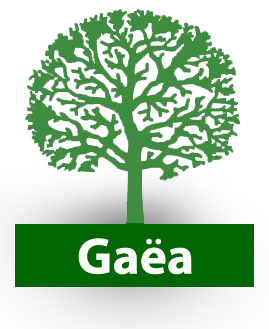Why is kitchen hood and exhaust cleaning
so important?
The exhaust gases created by cooking processes leave a greasy residue on the inside of the ductwork. The heat which is removed by the exhaust system heats this residue, which increases its ability to ignite. The three elements required for a fire are air, fuel and heat. These three factors are present in the exhaust system just waiting to be pushed to the point of ignition. A simple flare up while cooking is all it may take. You may put the fire out in the saucepan but the flare up may have ignited the grease in the ductwork, this is not as easy to extinguish as the ductwork usually disappears into the ceiling cavity.
The majority of kitchen fires stem from this, which can cause injury or even loss of life of your personnel and your customers. At the very least, business operations would have to be suspended temporarily pending repairs and Bomba permit.
Further, the residue in the exhaust ductwork can potentially be food source for vermin, who enter the ductwork when it is not operational, raising health issues.
How often should kitchen exhausts be cleaned?
Factors determining the frequency of kitchen exhaust duct cleaning are: –
- Type of cooking process. i.e. steaming or deep frying
- Usage per day
- Type of OIL being used.
- Grease Filter Maintenance
- Amount of Air Flow
- Ambient Temperature
An inspection of the exhaust, filters and behind the filters will give you an indication.
As a rule of thumb though:
| Usage | Hrs./Day | Cleaning Freq. |
| Heavy Use | 12-16 | 3 Monthly |
| Moderate use | 6-12 | 6 Monthly |
| Light Use | 2-6 | Once yearly |
How often should evaporator coils be cleaned?
Due to the environment that is created on and around the evaporator coil, it is necessary to clean and sanitise at least every 12 months. This ensures there is no build up of contaminates causing airflow restrictions and there are no bacteria, fungi or mold growth.
- Lowers the risk of financial loss caused by a serious fire.
- Removal of the fire hazard
- Removal of food source of insects and rodents
- Complies with local Fire and Health regulations
- Complies with insurance requirements
- Improved internal and external appearance
- Lower Electrical Costs
- Improved Operating Capacity
- Prevention of Costly Breakdowns
- Extended Equipment Life
- Healthier Indoor Environment
We Always Ready
for a Challenge
Calling GAEA Restoration Technologies when disaster strikes can make the difference between total loss and total recovery.
199701039861 (455361-V). All Rights Reserved.
